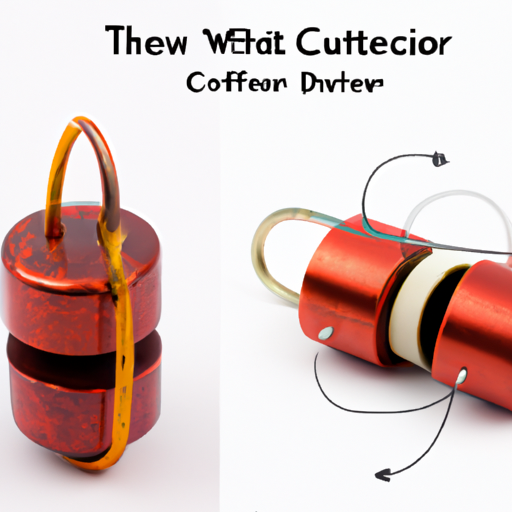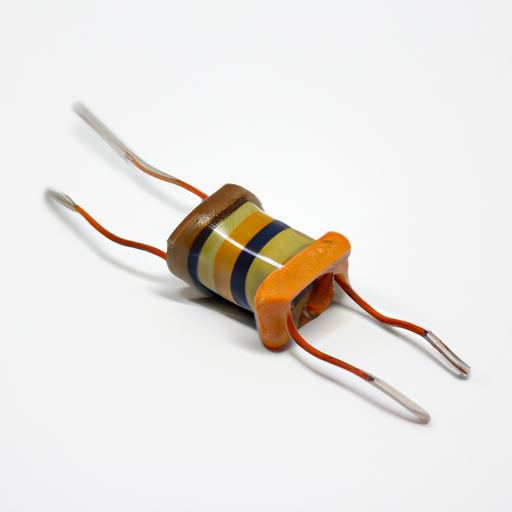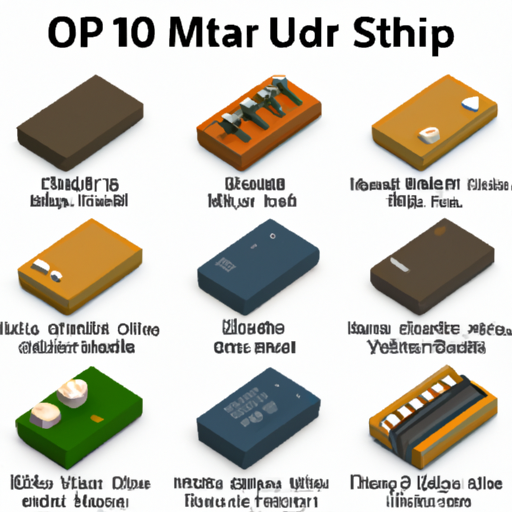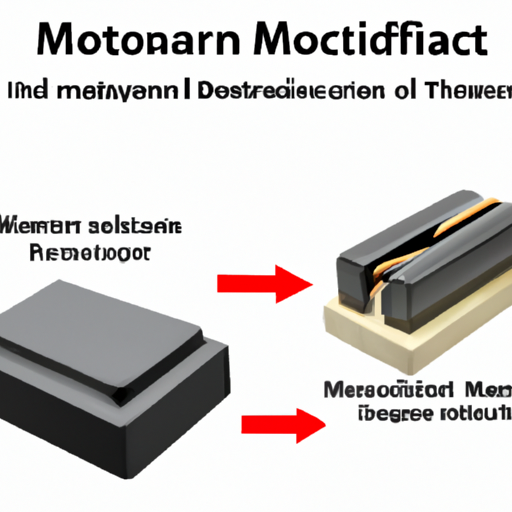What is the working principle of an inductor?
What is the Working Principle of an Inductor?
I. Introduction
Inductors are fundamental components in electrical circuits, playing a crucial role in the management of electrical energy. Defined as passive electronic components that store energy in a magnetic field when electrical current flows through them, inductors are essential in various applications, from power supplies to radio frequency circuits. Understanding the working principle of inductors not only enhances our grasp of electrical engineering but also aids in the design and optimization of electronic devices.
II. Basic Concepts
A. Definition of Inductance
Inductance is the property of an inductor that quantifies its ability to store energy in a magnetic field. It is measured in henries (H) and is defined as the ratio of the induced electromotive force (EMF) to the rate of change of current. The higher the inductance, the more energy the inductor can store.
B. Key Components of an Inductor
1. **Core Material**: The core material of an inductor significantly influences its inductance and performance. Common materials include air, iron, and ferrite, each offering different magnetic properties.
2. **Wire Winding**: The wire winding, typically made of copper, is coiled around the core. The number of turns in the winding directly affects the inductance; more turns result in higher inductance.
C. Types of Inductors
1. **Air-Core Inductors**: These inductors use air as the core material. They are typically used in high-frequency applications due to their low losses.
2. **Iron-Core Inductors**: These inductors use iron as the core material, providing higher inductance values and better energy storage capabilities, making them suitable for power applications.
3. **Ferrite-Core Inductors**: Ferrite cores are made from a ceramic compound of iron oxide and other metals. They are commonly used in high-frequency applications due to their high magnetic permeability and low losses.
III. The Physics of Inductance
A. Faraday's Law of Electromagnetic Induction
Faraday's Law states that a change in magnetic flux through a circuit induces an electromotive force (EMF) in that circuit. This principle is fundamental to the operation of inductors. When the current flowing through an inductor changes, the magnetic field around it also changes, inducing an EMF that opposes the change in current.
B. Lenz's Law
Lenz's Law complements Faraday's Law by stating that the direction of the induced EMF will always oppose the change in current that created it. This opposition is what gives inductors their unique behavior in circuits, as they resist changes in current flow.
IV. How Inductors Work
A. Current Flow and Magnetic Field Generation
When current flows through an inductor, it generates a magnetic field around it. The strength of this magnetic field is directly proportional to the amount of current flowing through the inductor. The right-hand rule can be used to determine the direction of the magnetic field: if you point your thumb in the direction of the current, your fingers will curl in the direction of the magnetic field lines.
B. Inductive Reactance
Inductive reactance is the opposition that an inductor presents to alternating current (AC). It is defined as:
\[ X_L = 2\pi f L \]
where \( X_L \) is the inductive reactance, \( f \) is the frequency of the AC signal, and \( L \) is the inductance. Inductive reactance increases with frequency, meaning that inductors can impede high-frequency signals more than low-frequency ones, making them useful in filtering applications.
C. Energy Storage in Inductors
Inductors store energy in the magnetic field created by the current flowing through them. The energy (\( W \)) stored in an inductor can be calculated using the formula:
\[ W = \frac{1}{2} L I^2 \]
where \( I \) is the current flowing through the inductor. When the current changes, the inductor releases this stored energy, which can be harnessed in various applications.
V. Applications of Inductors
Inductors are used in a wide range of applications, including:
A. Power Supply Circuits
Inductors are essential in power supply circuits, where they help smooth out voltage fluctuations and filter out noise, ensuring a stable output.
B. Filters in Audio and Radio Frequency Applications
Inductors are used in filters to separate different frequency signals. In audio applications, they help eliminate unwanted noise, while in radio frequency applications, they are crucial for tuning circuits.
C. Transformers and Coupling Applications
Inductors are integral to transformers, which transfer electrical energy between circuits through electromagnetic induction. They are also used in coupling applications to connect different stages of amplifiers.
D. Inductors in Energy Storage Systems
Inductors play a vital role in energy storage systems, such as in inductive charging and energy recovery systems, where they store and release energy efficiently.
VI. Factors Affecting Inductor Performance
Several factors influence the performance of inductors:
A. Core Material and Its Properties
The choice of core material affects the inductance, efficiency, and frequency response of the inductor. Materials with high magnetic permeability, like iron and ferrite, are preferred for low-frequency applications.
B. Number of Turns in the Winding
The number of turns in the wire winding directly affects the inductance. More turns increase the magnetic field strength, resulting in higher inductance.
C. Inductor Size and Shape
The physical dimensions of the inductor, including its size and shape, can impact its inductance and performance. Larger inductors can store more energy but may also introduce more resistance and losses.
D. Frequency of Operation
Inductors behave differently at various frequencies. At high frequencies, parasitic capacitance and core losses can affect performance, making it essential to consider the operating frequency when designing circuits.
VII. Conclusion
In summary, inductors are vital components in electrical circuits, functioning based on the principles of inductance, Faraday's Law, and Lenz's Law. They store energy in magnetic fields, resist changes in current, and play crucial roles in various applications, from power supplies to filters and transformers. Understanding the working principle of inductors is essential for anyone involved in electronics, as it lays the foundation for designing efficient and effective circuits. As technology advances, the development of new materials and designs will continue to enhance the performance and applications of inductors, paving the way for innovative solutions in the field of electronics.
VIII. References
For further reading and a deeper understanding of inductors and inductance, consider exploring the following resources:
1. "The Art of Electronics" by Paul Horowitz and Winfield Hill
2. "Electromagnetic Fields and Waves" by Paul Lorrain and Dale Corson
3. IEEE Xplore Digital Library for academic papers on inductors and their applications
4. Online courses and tutorials on electrical engineering and circuit design
By delving into these resources, readers can expand their knowledge and stay updated on the latest trends and technologies in the field of inductors and electronics.





